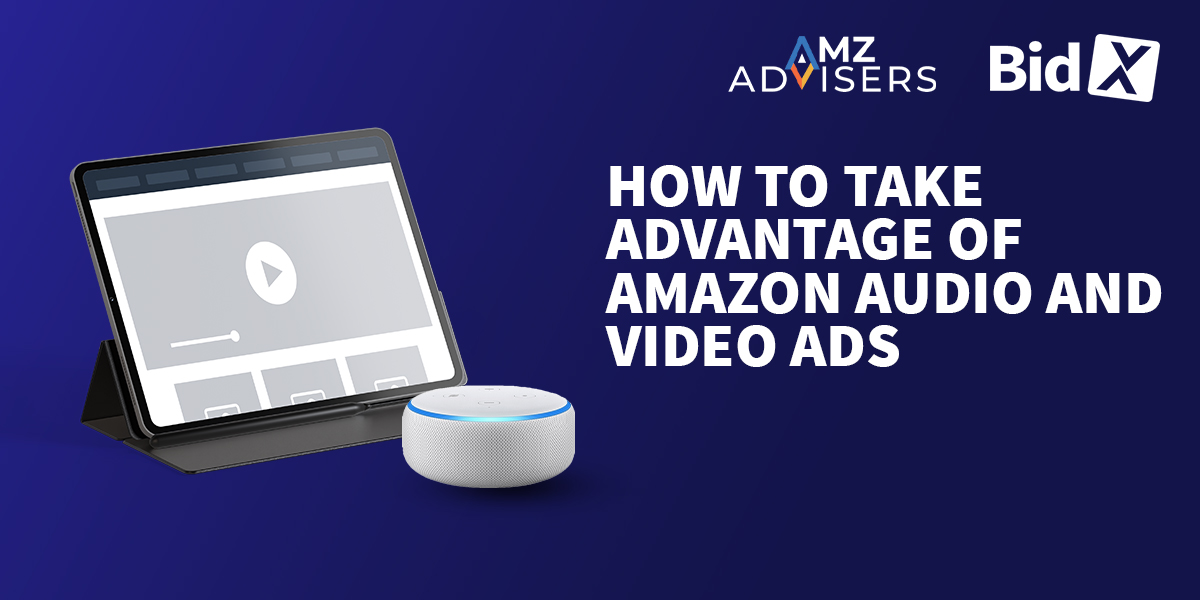Video Content Optimization: A New Era in Digital Marketing Strategies
In the dynamic world of digital marketing, e-commerce brands frequently focus on optimizing website components like text and SEO for better Conversion Rate Optimization (CRO). Yet, one often overlooked but highly impactful area is the optimization of video content. Considering the exceptional role of video in elevating e-commerce conversion rates, it’s crucial to give this format its due importance.
The Unmatched Dominance of Video Content
Key Statistics and Insights:
- Purchasing Influence: As per a recent study, 84% of shoppers are more likely to buy a product after viewing the brand's video.
- Social Engagement Leader: Videos on social platforms like Facebook receive 59% more engagement, highlighting their power in social media marketing.
- SEO Enhancement: Incorporating video content boosts the chances of appearing on the first page of Google search results by 53 times.
- Explainer Video Impact: 73% of customers report increased likelihood of purchase after viewing an explainer video.
- Social Media Views: Including videos in social media posts can lead to a 48% increase in views.
- Email Marketing Effectiveness: Embedding videos in emails can lead to a 300% increase in click-through rates.
- Dependence on Reviews and Demos: 96% of people rely on explainer videos for a better understanding of a product.
- Revolution in Social Commerce: Shoppable posts on platforms like Instagram and Pinterest have transformed video-based purchasing.
- Memory Retention: 95% of a message in a video is retained compared to 10% in text.
- YouTube's Influence in Marketing: 70% of viewers have been found to purchase products after seeing them on YouTube.
- User-Generated Content (UGC): UGC is deemed more influential than brand content by 85% of consumers.
Strategies for Optimizing Video Content for CRO
- Platform-Specific Strategies: Tailoring content to suit the platform, considering its audience and norms, is crucial. For example, longer, detailed videos for YouTube versus short, visually engaging content for Instagram.
- Target Audience Insights: Understanding demographic factors like age, gender, and interests is key in crafting relevant and appealing video content.
- Highlighting Product Features: Emphasizing the right features and benefits to appeal to the target audience is critical for successful video content.
- Utility and Product Positioning: The utility of the product, whether high or low, should influence the video's tone and presentation.
Technical and Creative Aspects of Video Content
- Engaging Opening: The first few seconds of the video are critical in capturing and retaining viewer attention.
- On-screen Text Integration: Text should be clear, concise, and effectively complement the video's visual and auditory elements.
- Video Style and Aesthetics: The video’s style should be consistent with the brand identity, including aspects like color scheme, graphics, and overall imagery.
- Tone and Mood: The video should reflect the brand's personality and engage the target audience emotionally.
- Music and Sound Effects: The choice of music and sound effects should enhance the video’s emotional impact without overshadowing the content.
Key Focus Areas and Calls-to-Action (CTA)
- Narrative and Storytelling: An engaging story can significantly boost the video ad's effectiveness.
- Cultural Sensitivity: Ensuring cultural relevance and sensitivity is critical in video content.
- Continuous Testing and Optimization: Regular testing and optimization based on performance data are essential to maintain the effectiveness of the video ad.
Performance Metrics and Optimization
- Watch Rate: A crucial metric indicating viewer engagement.
- Click-Through Rate (CTR): Reflects the effectiveness of the CTA in the video.
- Conversion Rate: Measures the percentage of viewers taking the desired action post-viewing.
- Engagement Metrics: Indicates the level of interaction with the video.
- View Duration: Shows the average length of time viewers spend watching the video.
- Audience Retention: Highlights which parts of the video are most engaging to the audience.
- Demographic Data: Provides insights into the characteristics of the video’s audience.
- Device and Platform Performance: Indicates how the video performs across different devices and platforms.
Collaboration Across Teams
- Collaborative Ideation: Bringing together diverse teams for brainstorming and conceptualization.
- Unified Vision and Goals: Aligning all teams on the vision, objectives, and desired outcomes.
- Role Clarification and Responsibility Sharing: Ensuring clear understanding of each team member's role in the project.
- Open Communication Channels: Maintaining regular and open communication among teams.
- Feedback and Iteration Loop: Collective analysis of performance data for continuous improvement.
- Learning and Evolving Together: Sharing learnings and experiences to foster a culture of innovation and improvement.
Conclusion
The shift towards optimizing video content in e-commerce marketing is not just a trend but a significant evolution in digital marketing strategies. By leveraging data-driven insights and iterative creativity in video content, brands can unlock new levels of customer engagement and conversion. This approach is pivotal for brands aiming to achieve growth and establish a strong market presence in the digital era.



.jpg)

